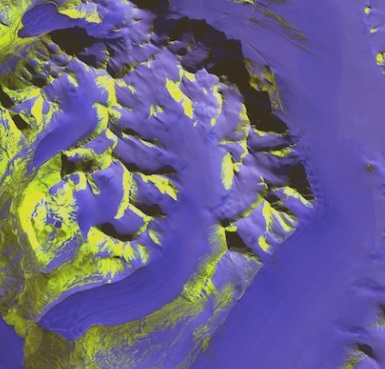O Lugar da Geografia no “Novo Ensino Médio”: análise dos efeitos da implementação da reforma curricular no estado do Espírito Santo
Resumo
Neste artigo, objetivou-se analisar quais as principais mudanças no currículo de Geografia após a implementação da Base Nacional Comum Curricular e do Novo Ensino Médio no estado do Espírito Santo. Como desdobramento da questão central, pretendeu-se refletir sobre o contexto sociopolítico em que foram construídas e implementadas tais mudanças educacionais e problematizaram-se seus efeitos no cotidiano escolar. Os processos metodológicos constituíram-se de revisão bibliográfica, análise documental e entrevistas com professores da rede pública estadual de ensino. Foram identificadas algumas contradições, desafios e retrocessos que entraram em curso com as reformas, como a exclusão da Geografia no primeiro ano do Ensino Médio e a menor ênfase em conteúdos geográficos outrora presentes nos currículos. O trabalho conclui que a Geografia escolar passa a ocupar um lugar de secundariedade dentro da nova organização curricular e registra a necessidade da participação docente nas mudanças curriculares. Por fim, em macro escala, a pesquisa revela que tais reformas educacionais apresentam caráter centralizador e homogeneizante, que não se mostra somente em suas estruturas, mas também no modo autoritário e açodado com que foram impostas à sociedade. Em escala estadual, destaca-se a consonância com a verticalidade de tais políticas curriculares e o caráter antidemocrático de sua construção, que pôde ser notada tanto a partir do modo de implementação do Novo Ensino Médio no estado do Espírito Santo, quanto através das narrativas das professoras entrevistadas.
Palavras-chave: Novo Ensino Médio, BNCC, Geografia escolar, Currículo.
Abstract
This article aimed to analyze the main changes in the Geography curriculum after the implementation of the National Common Curricular Base and the New High School in the state of Espírito Santo. As an unfolding of the central question, it was intended to reflect on the socio-political context in which such educational changes were constructed and implemented, and problematized their effects in the school routine. The methodological processes were bibliographic review, document analysis and interviews with teachers from the state public school system. Some contradictions, challenges and setbacks that began with the reforms were identified, such as the exclusion of geography in the first year of high school and less emphasis on geographic contents that previously were present in the curriculum. The work concludes that School Geography occupies a secondary position within the new curricular organization and records the need for teacher participation in curricular changes. Finally, on a macro scale, and as denounced by other researchers, the research reveals that educational reforms have a centralizing and homogenizing character, which is not only shown in their structures, but also in the authoritarian and hasty way in which they were imposed on society. On a state scale, the consonance with the verticality of such curricular policies and the anti-democratic character of their construction stand out, which could be noticed both from the way in which the New Secondary School was implemented in the state of Espírito Santo, and through the narratives of the interviewed teachers.
Keywords: New High School, BNCC, School geography, Curriculum.
Downloads
Publicado
Edição
Seção
Licença
Ao submeter um artigo para publicação na Revista Educação Geográfica em Foco, o autor concorda com os seguintes termos:
1. O autor mantém os direitos sobre o artigo, mas a sua publicação na revista implica, automaticamente, a cessão integral e exclusiva dos direitos autorais para a primeira edição, sem pagamento.
2. As ideias e opiniões expressas no artigo são de exclusiva responsabilidade do autor, não refletindo, necessariamente, as opiniões da EGF.
3. Após a primeira publicação, o autor tem autorização para assumir contratos adicionais, independentes da EGF, para a divulgação do trabalho por outros meios, desde que feita a citação completa da publicação original.
4. O autor de um artigo já publicado tem permissão e é estimulado a distribuir o seu trabalho on-line, sempre com as devidas citações da primeira edição.
* A EGF é um periódico de acesso aberto, concedendo, por isso, o uso gratuito dos artigos em aplicações educacionais, científicas, não comerciais, desde que citada a fonte.


